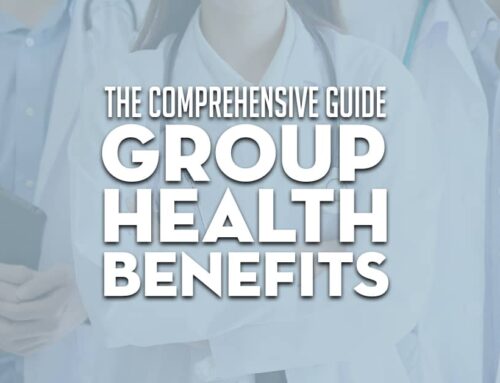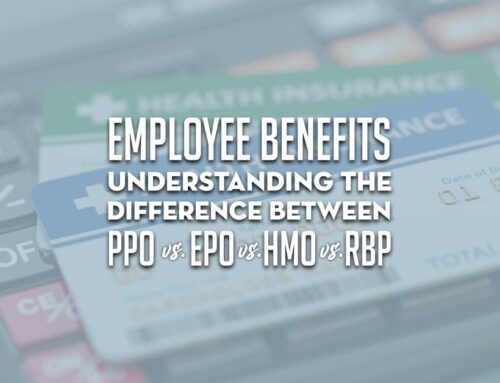As you get on in years, life insurance and disability rates increase. It is better to acquire these as early as possible; though there are exceptions, it is good to apply for both at the same time.
Delaying an application can cause a coverage gap, which means your income or family members will not enjoy full protection. Here are a few more reasons why you should apply for both types of health insurance at once.
It is more efficient to combine applications
Individually, the processes for these insurance policies take around four to six weeks. However, it can be longer for those who need to submit additional documentation for their medical history.
Although you have to apply for each separately, doing the procedures together means fewer instances of going to the insurance company. Suppose you undergo the applications through the same broker. In that case, you can use the same lab work for one medical exam for both applications, sign the documents upfront, and ensure a quick turnover.
You only need to take one medical exam
Most applicants find the medical exam long-drawn, and it is one of the requirements people spend the most time completing. If you submit forms for both life and disability insurance, you can use the results from one medical exam. Results are good for six months to one year, anyway, depending on your provider and your age.
How to add disability coverage to your life insurance
At times, a person can only have life insurance. Some people get their coverage denied, while others do not have the budget for the premiums on disability policy. In this case, adding a rider to a life insurance policy offers you coverage for some items.
Riders might need additional underwriting, and it will almost always increase your premiums. However, they are still cheaper overall than a stand-alone policy. Here are some disability riders you can include in a standard health insurance policy.
Disability income
A disability rider allows you to supplement your income if you become disabled. This type of rider adds coverage similar to full disability policies, although it is less robust. Typically, disability income riders pay you a monthly income proportionate to the face value of the contract.
Waiver of premium
Suppose you have a waiver of premium rider. In that case, you can protect your insurance policy from lapsing, which could happen if you are injured, fall critically ill, or are otherwise unable to work. Often, this type of rider is harder to get approved, and it is not for the long term.
Accelerated death benefit
With this rider, you can tap into your insurance policy’s death benefit even if you are still alive. It is for plan holders diagnosed with terminal illnesses. Often, companies will include this rider without charging the insurance policyholder.
Critical illness
Like the accelerated death benefit rider, this type pays out a sum to the beneficiary if they can no longer work due to chronic illness. Your life insurance company decides which diseases to cover with this rider; usually, it includes life-threatening cancers, ALS, kidney failure, stroke, and heart attacks.
Conclusion
It can be challenging for many people to think of the worst possible things that could happen to their loved ones. However, not thinking of these will not decrease their likelihood of occurring. Protecting your family with life and disability policies is one of the best ways to care for them, and speaking with a knowledgable broker will help you identify the scheme that works best for you.
Know that your family is in safe hands with Abbot Benefits. We provide individuals and small businesses in Tomball, TX with unparalleled support and guidance in health and medical insurance. Get in touch with one of our advisors today for more information.





